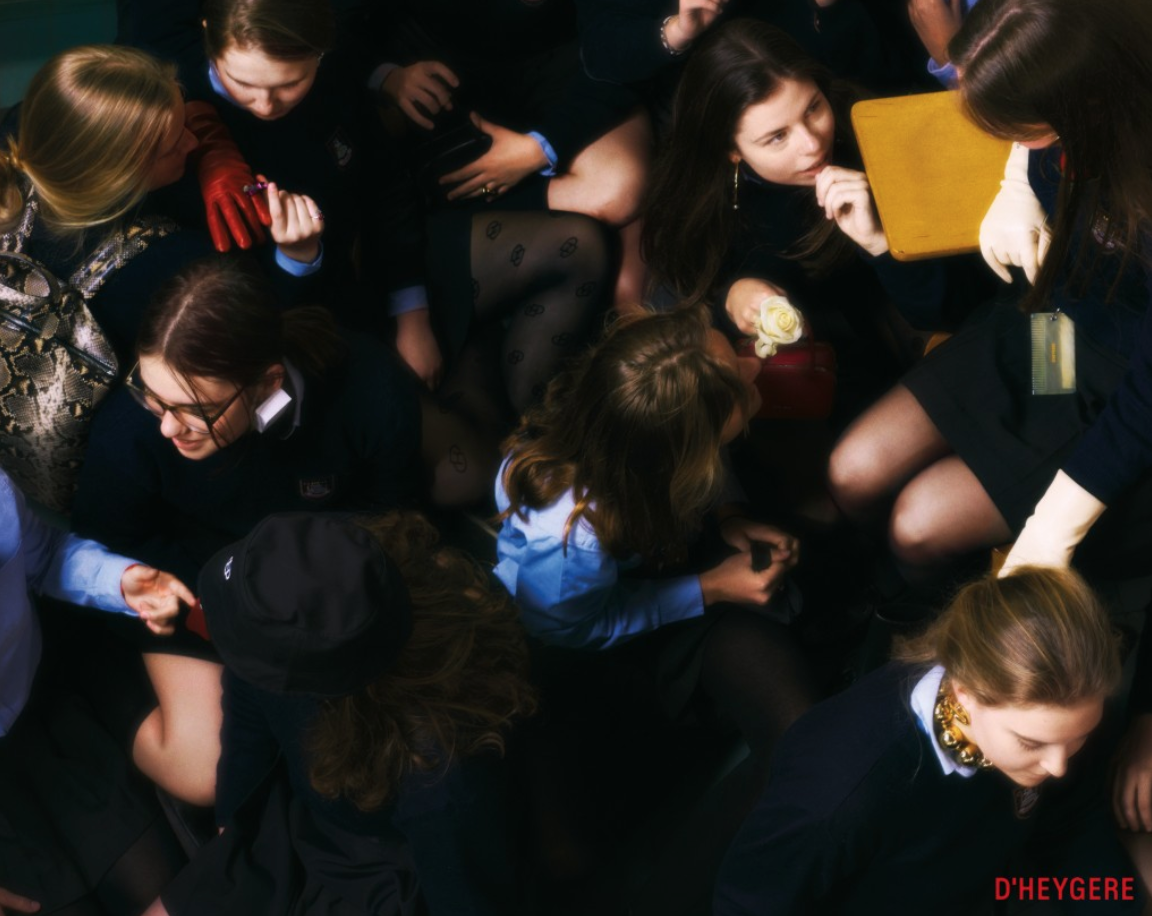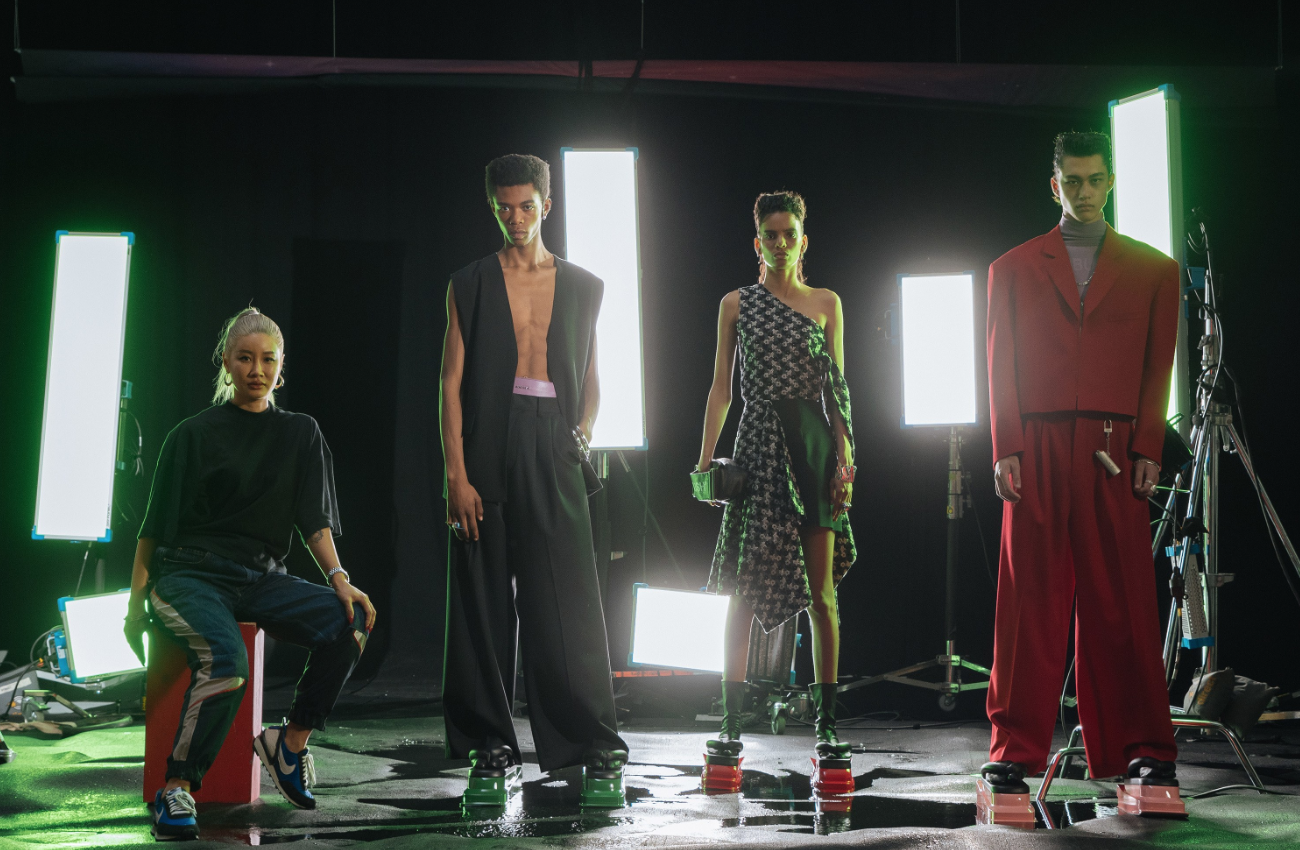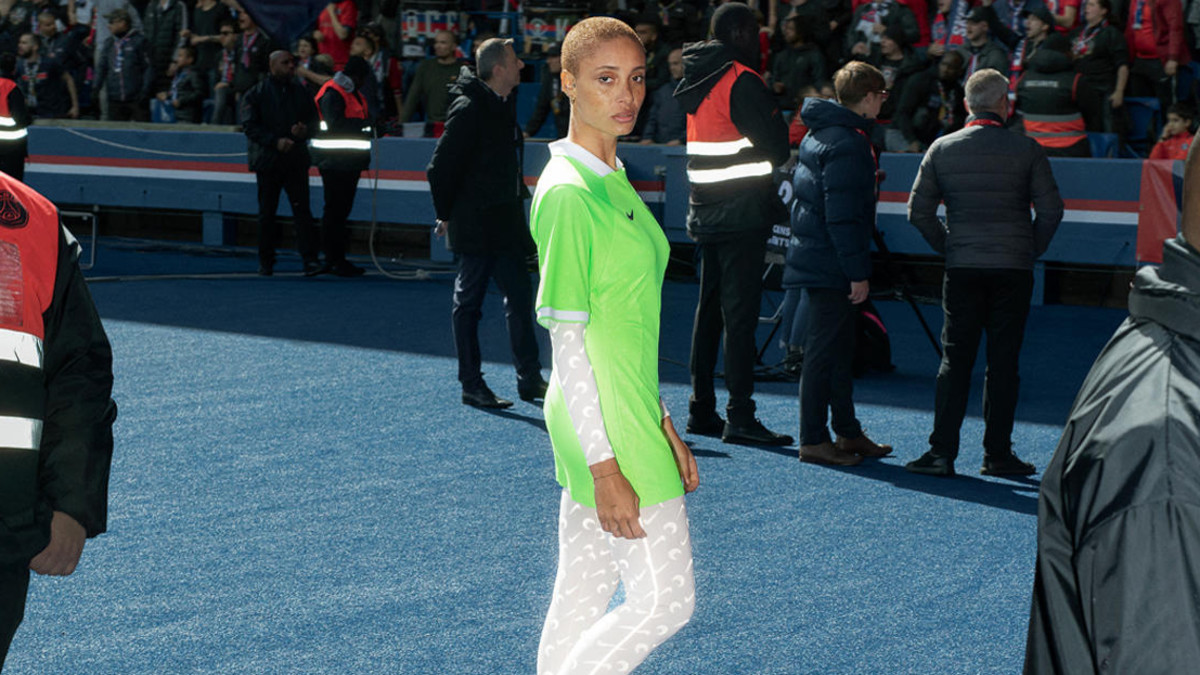“The texture of her image cuts against anything saccharine and it’s just really interesting,” says Francesca Burns, the stylist and co-founder of Print, who recently collaborated with Osborne on a 260-page zine insert. “I loved [her work] because there is something nostalgic about it but not at all retro. I find her images very sexy but not objectifying the subject there is real honesty there. They’re also incredibly feminine but not passive: the colour tone, the girlishness… but the grit.”
That grit, the texture she gets from her tools, Osborne tells me, down a phone line, is important, as are the tools themselves. But not in any retro fetish sort of way. It’s just that they can help her to forget that she is using them to make her work and so operate on a more instinctive level. The machinery, she says, “needs to be physically an extension of me so I'm not self-conscious when I'm using the tool and I'm not over-thinking anything.” Come to think of it, the artefacts she’s creating are really incidental to this process. “I could have landed on anything,” she says, with a little smile in her tone. “But somehow I landed here. It's not really that conscious.” And once she’s out on the other end of the project, only then can she sort out what she’s made and why. “I think that's how I do all of my discovering: through making, and then hindsight enlightens me.”













